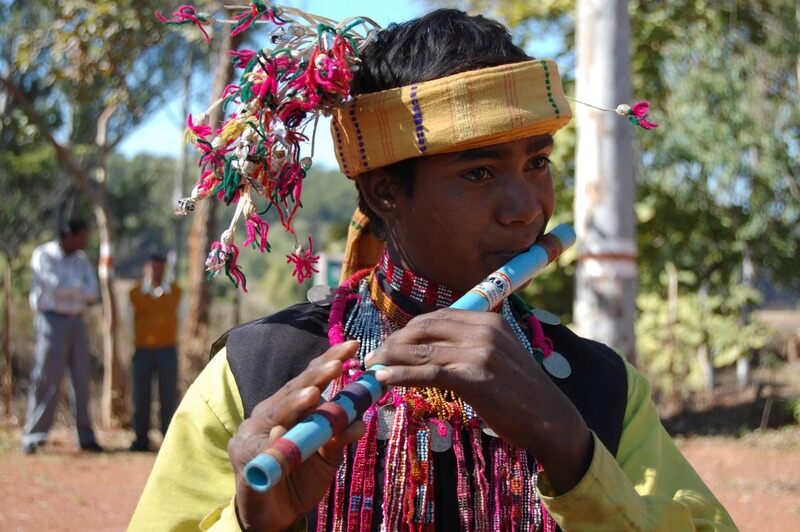Friday, May 24, 2024 Madhya Pradesh , often referred to as the heart of India, offers a rich tapestry of cultures that define its unique character. Beyond its picturesque landscapes and historical monuments, this central Indian state, with its rolling hills, cascading waterfalls, and life-sustaining rivers, has long been a natural sanctuary for numerous tribal communities. These communities provide a window into the ancient traditions and customs of India’s indigenous peoples.
Tribal communities flourish near rivers such as the Narmada, Tapti, and Chambal, and along mountain slopes that offer both protection and resources. These rivers not only provide water and fertile land but also hold spiritual significance, profoundly shaping the tribes’ ways of life. With the highest tribal population in India, comprising over 21% of its total residents, Madhya Pradesh exemplifies the country’s cultural diversity.

Home to 46 recognized tribes and three Particularly Vulnerable Tribal Groups (PVTGs), the state showcases a remarkable variety of languages, customs, and traditions, each influenced by distinct hereditary, cultural, and geographical factors. The Bhil tribe, the largest in Madhya Pradesh and India, is known for its rich history and vibrant culture. Their traditional dances, such as Bhagoriya, and intricate folk paintings like Pithora, are expressions of their deeply rooted customs and artistic heritage.
The Gond tribe, found across the Vindhya and Satpura ranges, offers i.
















